18 pages • 36 minutes read
Edna St. Vincent MillayAn Ancient Gesture
Fiction | Poem | Adult | Published in 1949A modern alternative to SparkNotes and CliffsNotes, SuperSummary offers high-quality Study Guides with detailed chapter summaries and analysis of major themes, characters, and more.
Summary and Study Guide
Overview
“An Ancient Gesture” is a lyric poem by the prolific 20th-century poet and Pulitzer Prize-winner Edna St. Vincent Millay. The poem’s speaker is an emotional, hard-working woman who compares herself to a woman from Greek mythology, Penelope, the distraught wife who anxiously waits for her husband, Ulysses (or, as it’s more commonly spelled, Odysseus), to return from war. As with Millay’s more well-known poems—“First Fig” (1920) and “Thursday” (1922) among them—the poem sends the message that there’s nothing wrong with a woman exhibiting strong emotion. Aside from gender and keen feelings, the poem deals with the struggle of life and reflects Millay’s ability to pair modern sensibilities with classical literature, as the drama between Penelope and Ulysses plays out in Homer’s epic poem The Odyssey. Ladies’ Home Journal first published “An Ancient Gesture” in 1949—the year Millay’s husband, Eugen Boissevain, died and one year before Millay died. Norma, one of Millay’s two sisters, published the poem in a posthumous collection of poems she edited, Mine the Harvest (1954).
Poet Biography
Edna St. Vincent Millay was born in Rockland, Maine, February 22, 1892. Her mom, Cora, divorced her undependable dad, Henry, early in her life and raised Millay and her two younger sisters, Norma and Kathleen, with the help of family members. Without support from Henry, Cora worked as a nurse to provide for her daughters. Like her mom, Millay was strong and independent. Behaving more like a prototypical boy than a stereotypical girl, Millay took on the nickname Vincent. A champion of the arts, Cora encouraged her children to express themselves. As a young teen, Millay published poems in the magazine for children, St. Nicholas. In 1912, an anthology, The Lyric Year, published Millay’s poem “Renascence.” The lauded poem attracted the notice of many people, including Caroline B. Dow, the head of the Young Women’s Christian Association (YWCA) Training School in New York. Dow helped Millay find the money to attend the prestigious all-women’s college Vassar.
At Vassar, Millay wrote and acted. She had romantic relationships with other students and almost didn’t graduate as she regularly flaunted the rules and left campus without authorization. At the last minute, Vassar’s president, Henry Noble MacCracken, changed his mind and let Millay graduate to avoid “any dead Shelley’s” on his “doorstep” (quoted in Holly Peppe, “Millay at Steepletop“). The English Romantics, like Percy Bysshe Shelley and John Keats, inspired Millay’s poetry. Other inspirations included William Shakespeare, Elizabeth Barrett Browning, and Elizabeth Barrett’s husband Robert Browning.
After Vassar, Millay moved to a bohemian part of New York City, Greenwich Village. In 1917, she published her first book of poems, Renascence and Other Poems. She also acted in The Angel Intrudes—a play by the socialist Floyd Dell. The two had an affair. Soon, Millay and the poet Arthur Davison Ficke began a romantic relationship. As Nancy Mitford writes in her biography of Millay, Savage Beauty, “[S]he slept with men and women and wrote about it in lyrics and sonnets that blazed with wit and sexual daring that captivated the nation.”
In 1920, Millay published A Few Figs from Thistles. A year later, she put out Second April, and, in 1922, she published The Harp-Weaver and Other Poems. A year after that, Millay won the Pulitzer Prize for Poetry. The year Millay won the Pulitzer, she married a wealthy importer, Eugen Boissevain. The couple bought a farm in Austerlitz. Boissevain took care of the farm and the domestic chores as Millay wrote and traveled. Aside from publishing her poetry, Millay published articles in distinguished magazines like Vanity Fair. She also published translations and wrote plays and librettos.
Millay’s husband didn’t stop her from continuing to form romantic relationships with other men, like the editor of Poetry magazine, George Dillon. Dillion and Millay collaborated on a translation of Charles Baudelaire’s controversial book of French poems, Les Fleurs du mal (1857), which they published in 1936 under the English title, The Flowers of Evil. Dillon was the inspiration behind the sonnets in her 1931 collection, Fatal Interview.
Millay also engaged in political issues. She protested World War One with the play Aria da Capo (1919). In 1927, she protested the execution of Nicola Sacco and Bartolomeo Vanzetti. The two faced charges of killing a shoe company paymaster in Massachusetts. A fair amount of people, including Millay, believed the evidence against them was weak, and their radical views were why they received the death penalty. Years later, as World War Two approached, Millay inveighed against isolation and wrote poems to push America to join the war and defeat the Nazis.
During her life, Millay maintained a prodigious work schedule—publishing and giving readings at a furious pace. She drank often and labored to the point of exhaustion. She frequently experienced bad health, and a car accident led to a morphine addiction. In 1950, a year after Boissevain died, Millay finished proofreading translations of Latin poetry, fell down the stairs in her Austerlitz home, and died.
Poem Text
Millay, Edna St. Vincent. “An Ancient Gesture.” 1949. Representative Poetry Online.
Summary
When the poem begins, the speaker cries and wipes her eyes on her apron, thinking, “Penelope did this too” (Line 2). The speaker is thinking about the wife of Ulysses (Odysseus). The speaker tells herself, “you can’t keep weaving all day” (Line 3), again comparing herself to Penelope.
At times, it’s difficult to determine if the speaker is talking about her predicament, imagining Penelope’s feelings, or mixing the two. In Line 5, the speaker considers how all of the weaving tires the arm and neck. It leaves the speaker, Penelope, or both women feeling hopeless. The speaker seems to specifically address Penelope’s situation when she says, “And your husband has been gone, and you don’t know where, for years” (Line 7). The painful thought leads Penelope (and possibly the speaker) to “[s]uddenly burst into tears” (Line 8) because “[t]here is simply nothing else to do” (Line 9).
In Stanza 2, things clear up a bit. In Line 10, once again, the speaker wipes her eyes. She thinks about how crying is “an ancient gesture, authentic, antique” (Line 11), and she also considers how it is part of an admirable “tradition” (Line 12). The speaker concedes that men cry too: “Ulysses did this too,” states the speaker, using the Roman spelling of Odysseus (Line 13). However, the speaker downgrades Ulysses’s tears, dismissing them as “only a gesture” (Line 14). In a sense, Ulysses is a copycat crier. “He learned it from Penelope,” declares the speaker (Line 16), who truly or “really cried” (Line 17).
Related Titles
By Edna St. Vincent Millay

Conscientious Objector
Edna St. Vincent Millay

Ebb
Edna St. Vincent Millay

I Will Put Chaos Into Fourteen Lines
Edna St. Vincent Millay
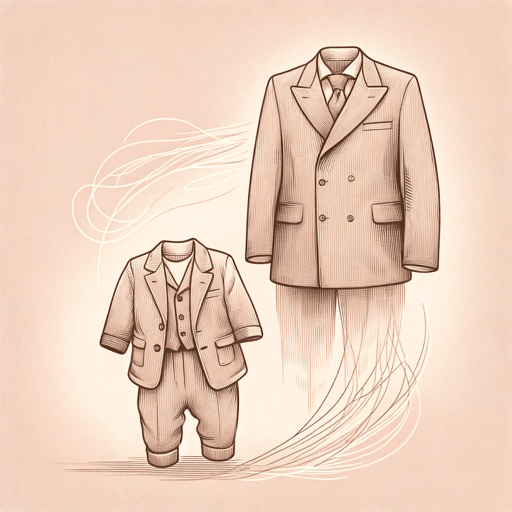
Lament
Edna St. Vincent Millay
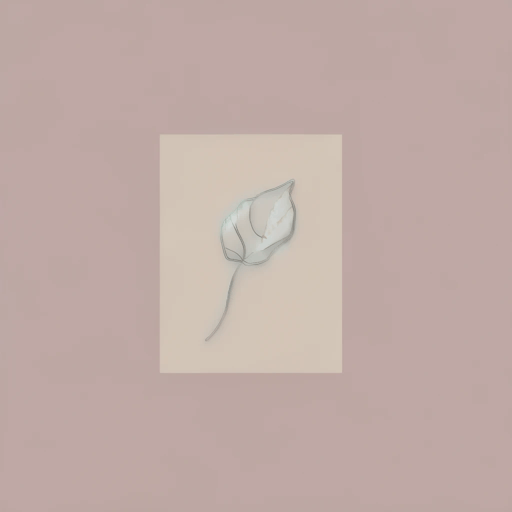
Not In A Silver Casket Cool With Pearls
Edna St. Vincent Millay

Song of a Second April
Edna St. Vincent Millay

Spring
Edna St. Vincent Millay
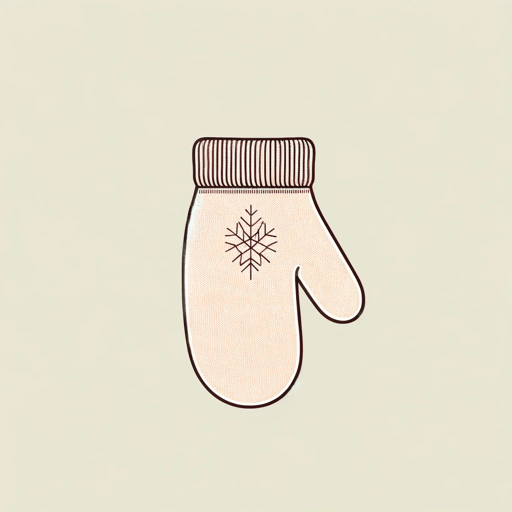
The Ballad of the Harp-Weaver
Edna St. Vincent Millay
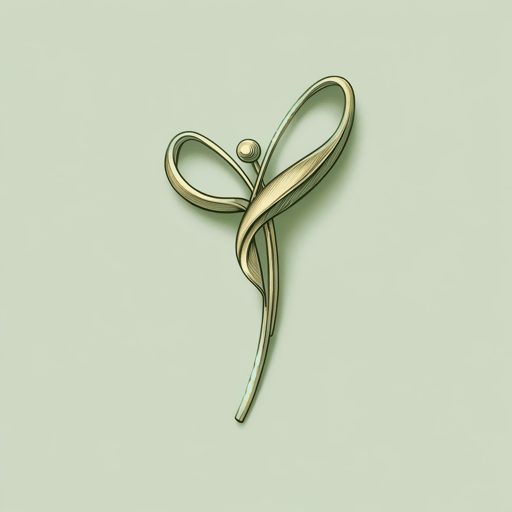
The Courage That My Mother Had
Edna St. Vincent Millay

The Spring And The Fall
Edna St. Vincent Millay
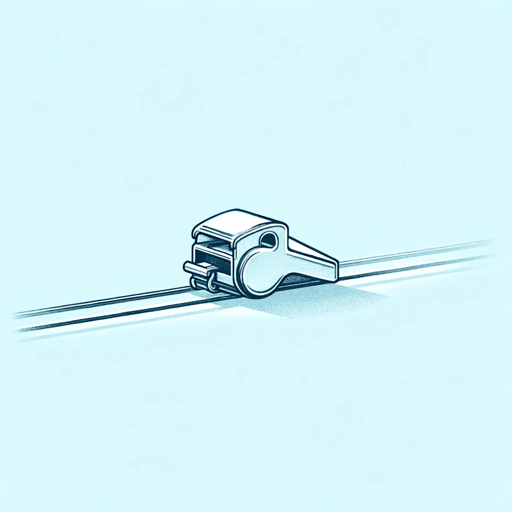
Travel
Edna St. Vincent Millay

